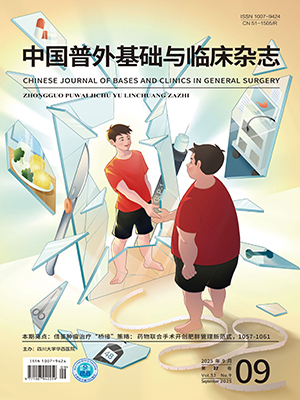To investigate prospectively the short-term effect of different fat emulsions on plasma lipids and lipoproteins and to clarify the underlying mechanisms. Fifty six surgical patients were randomized to received intravenously either a 10%. Intralipid, a 20% Intralipid or no fat emulsions for 5 days postoperatively as part of a standard parenteral nutrition regimen. Serum lipids and lipoproteins were measured prior to and after the 5-day infusion period. Results: Intravenous administration of 10% Intralipid caused a marked increase of total cholesterol (Tcho), free cholesterol (Fcho), Low-density lipoprotein cholesterol (LDL-ch), phospholipid and lipoprotein X (LPX). Quantification of LPX revealed that its increase was proportionate to that of phospholipid and Tcho. Conclusion: Exogenous phospholipids when using fat emulsions with a high phospholipid/triglyceride (PL/TG) ratio play an impressive role in the formation of LPX and consequently are capable of inducing hypercholesterolemia after only a few days. Therefore, 20% Intralipid should be preferred to the corresponding 10% Intralipid for its low PL/TG ratio.
Citation: Gu Yan,Wu Zhaohan,Zheng Yunhong.. A PROSPECTIVE CLINICAL STUDY ON POSTOPERATIVE LIPID METABOLISM WITH DIFFERENT FAT EMULSIONS. CHINESE JOURNAL OF BASES AND CLINICS IN GENERAL SURGERY, 1999, 6(2): 92-95. doi: Copy
Copyright © the editorial department of CHINESE JOURNAL OF BASES AND CLINICS IN GENERAL SURGERY of West China Medical Publisher. All rights reserved




